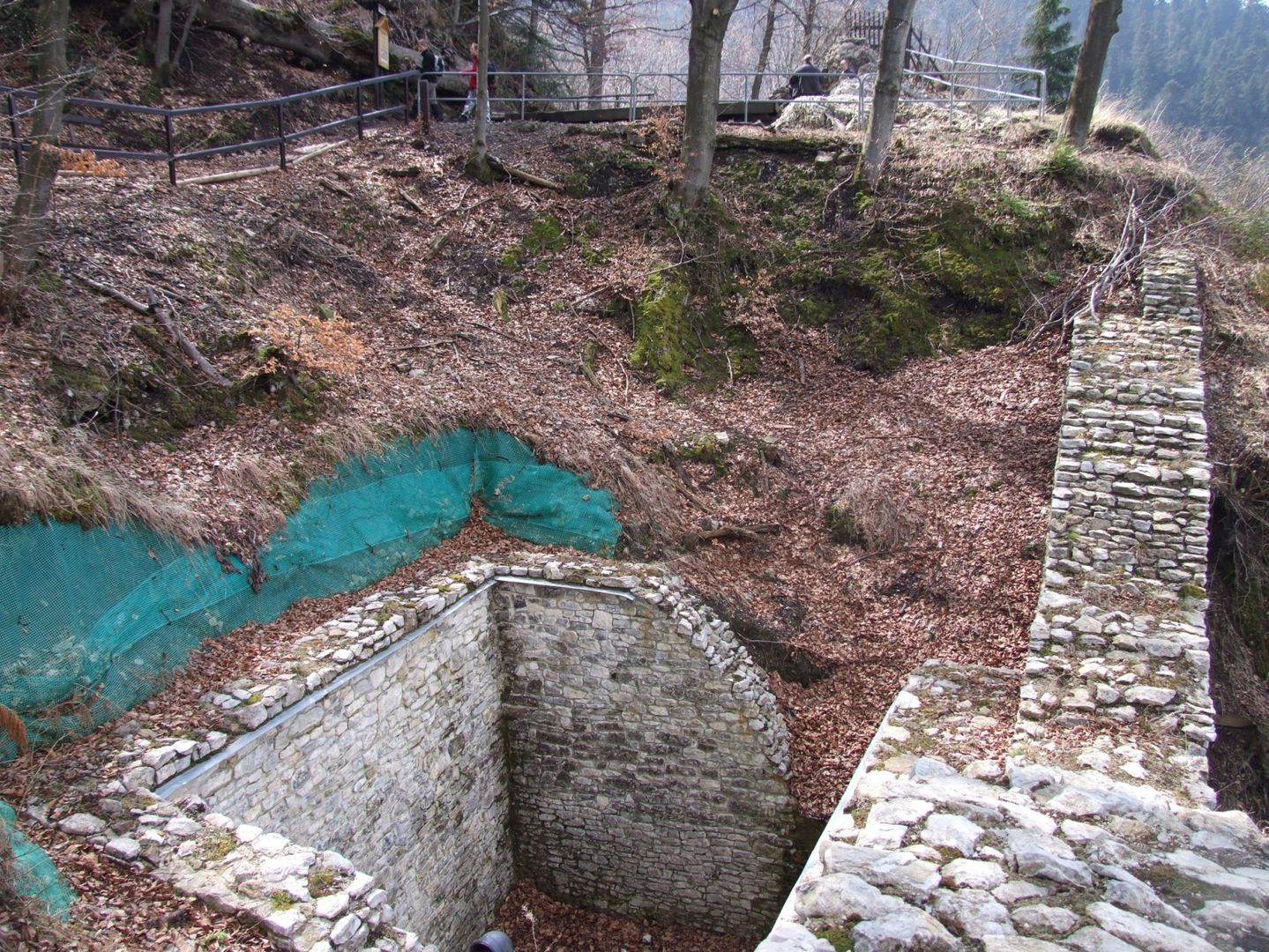Pieniny Castle
6.78

Overview
Pieniny Castle, also known as Pieniński Castle or the Castle of St. Kinga, is a medieval fortress situated on the northern slope of Zamkowa Góra in the Pieniny Mountains, in Krościenko nad Dunajcem. It is believed to have been built in the early 1280s on the initiative of St. Kinga as a refuge for the Poor Clares monastery in times of danger—a purpose proven by its history during the Tatar invasion of 1287. The castle is one of the oldest stone-built castles in Poland and an example of a high-mountain stronghold, capable of accommodating around 100 people and several dozen soldiers.
The castle’s architecture is characterized by its unique form and the use of local materials, including limestone, which is evident from the absence of leveling layers typical of later structures. The walls, up to 160 cm thick, were skillfully integrated into the challenging terrain, making access difficult for enemies. The castle exhibits features of a refugium—a shelter used only during threats—and due to scarce historical records, many aspects of its history remain unclear.
The ruins, located within the boundaries of the Pieniny National Park, attract tourists and pilgrims, inspired by local legends that tell of the castle’s miraculous salvation from the Tatars. In the 19th century, the fortress gained popularity among health resort visitors and treasure hunters. It has been archaeologically examined multiple times, and contemporary efforts focus on preserving and reconstructing its remains.
An interesting aspect of the castle is its masterful integration into the natural landscape, thanks to its location and architecture. Its history is rich with themes of defense and legends that add an aura of mysticism, making Pieniny Castle a fascinating site for both historians and visitors.
Location
Tickets
Powered by GetYourGuide
2025 Wizytor | All Rights Reserved